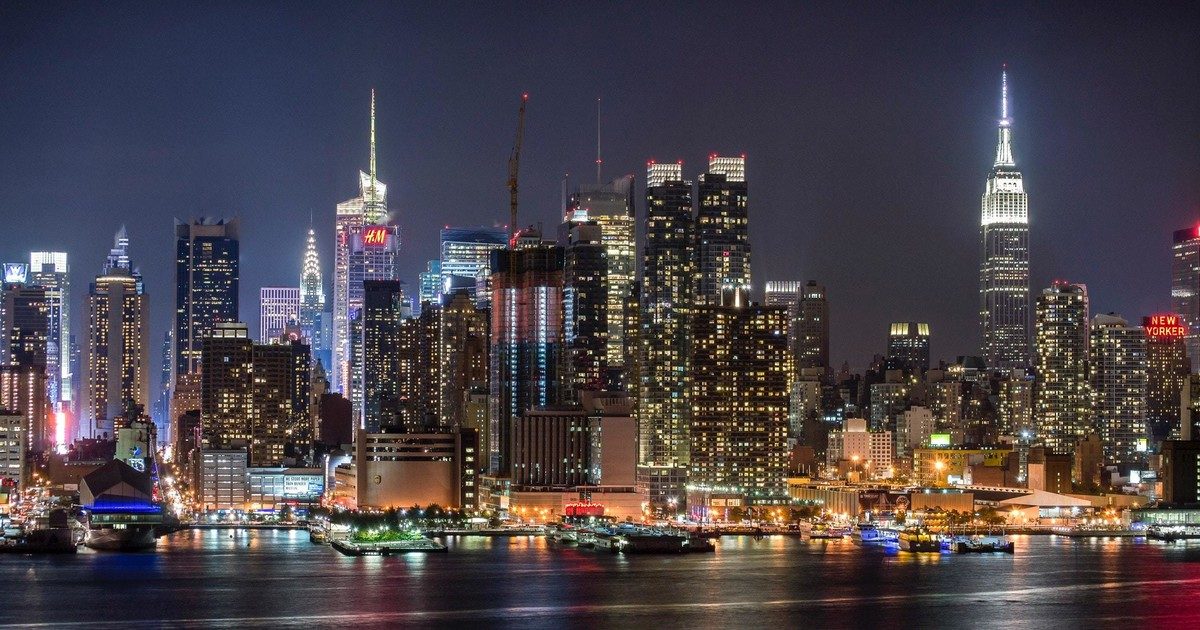For last Wednesday’s class, we read Professor Greene’s “Queer Street Families: Place-making and Community Among LGBT Youth of Color in Iconic Gay Neighborhoods” as well as Chapter 5 of Douglas’ The Help Yourself City. Both pieces addressed the idea of how (under)privileged identities operate in urban spaces. I found the contrast between urban DIYers’ tactics for placemaking and the misrecognition of black individuals engaging in similar practices, as Professor Greene mentioned in relation to his article, to be particularly fascinating. Many often praise urban DIYers’ efforts to revitalize cities as novel and exciting. As we discussed, even the most risky installations–such as a swing beneath railroad tracks or speed bumps that alter natural traffic flows–can garner positive attention. In this way, as Douglas describes, individuals who engage in DIY urbanism must possess a certain level of privilege to even be able to engage in these practices in the first place (Douglas 1). This idea came up during our discussion when Professor Greene explained Rios’ concept of “misrecognition.” This process occurs when one misconstrues another’s actions as negative based on assumption about the person, rather than evidence regarding their behavior. We discussed examples of this phenomenon such as “Starbucksing while Black” or “Barbecuing while Black” as well as white passersby in Boystown thinking a black “homo-thug” couple was straight. Though black individuals may attempt to engage in DIY urbanism by, as per an example from class, hosting a barbecue in a public park, they might not be allowed the same leniency as whites in their placemaking efforts because others might misrecognize their actions.
Another large topic of discussion during Wednesday’s class surrounded the idea of power dynamics in urban spaces. When a group challenges a community norm, who decides whether the practice is actually legitimate? Typically, as Douglas would likely argue, those in the community who hold social capital and political power would do so. Hyra’s notion of “black branding” exemplifies this idea. This process occurs when gentrifiers purposefully align a neighborhood with its historical black culture or exploit aspects that may feel more dangerous and exciting. In doing so, gentrifiers exert power by deciding which elements of the neighborhood are valuable. White newcomers legitimate certain elements of black culture by deeming them “authentic” or particularly urban (Hyra 79). Clearly, neighborhood power dynamics influence the ways in which communities may go about placemaking.
My expert question asked about how privilege factors into the ability of queer youth of color to “physically [impose] their values on” Boystown (Douglas 116). As mentioned in class, the marginalized identities of this group present a great deal of challenges in establishing themselves as community members. Even the act of sitting in a coffeeshop becomes complicated when others assume the QYOC does not belong, as in the case of Sammy (Greene 177). QYOCs oppose this suppression by forming their own unique “street-corner culture” (Greene 172). After our conversation on Wednesday I am still wondering about a question that Professor Greene posed: can QYOCs’ street-corner culture classify as a form of DIY urbanism? Would this classification complicate Douglas’ belief that DIYing is typically reserved for more privileged members of a community?
